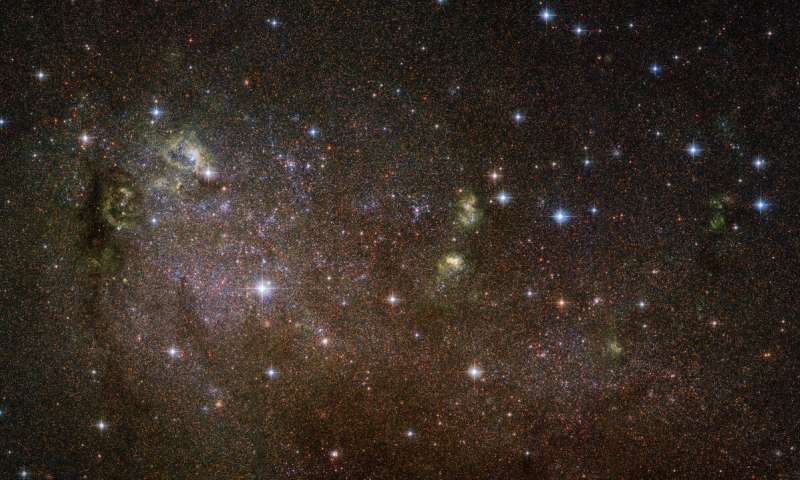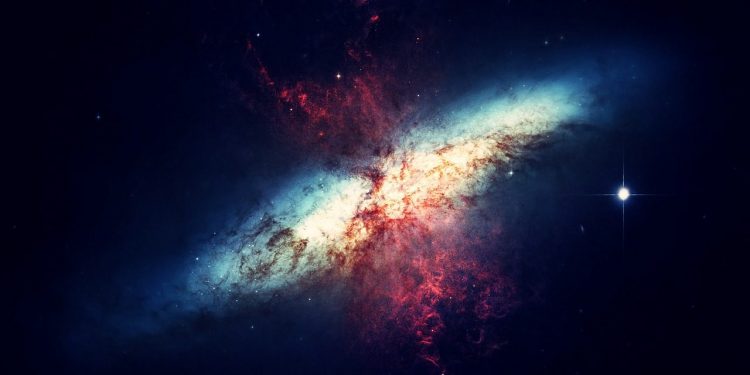Published a photo on the NASA website showing the image of a cosmic grouping with characteristics and shapes completely irregular from those observed so far.
Since 1608, the year in which the first model of telescope was fixed by the Dutchman Hans Lippershey, man has developed a growing desire to know the Universe. Over the years, thanks to Galileo’s theory of the scientific method, Copernicus’ astronomical revolution, Kepler’s studies on the orbit of the planets, Ptolemy’s geocentricity of the earth, Newton’s laws up to the present day with Margaret Hack’s studies on the contemporary scientific and astronomical world, our knowledge of the star cosmos has become increasingly precise and refined.
In 1990 NASA created Hubble, a space telescope left in low earth orbit, currently engaged in the service mission 4, the sixth and final mission. In 2019, NASA’s airspace portal gives a spread of an image that, in the eyes of the less experienced, is a simple frame of the space, while instead it’s a simple…

The image taken from the Hubble satellite shows us IC 10, an irregular galaxy belonging to the Local Group which in turn is present in the cosmic group of 50 galaxies of which the Milky Way is part. Scientists argue that the galaxy is pervaded by large amounts of cold hydrogen, such that it condenses into cosmic nodes of very high density. In this way, the melting point is reached, thus giving rise to a new generation of stars.
IC 10 is different both from known elliptical galaxies and from spiral galaxies such as the Milky Way. This is because, despite being more than 2 million light years old, it is very difficult to study it because of the high agglomeration of cosmic dust on which it is found.
A similar version of this image won 10th prize in the Hubble Hidden Treasures competition.

































